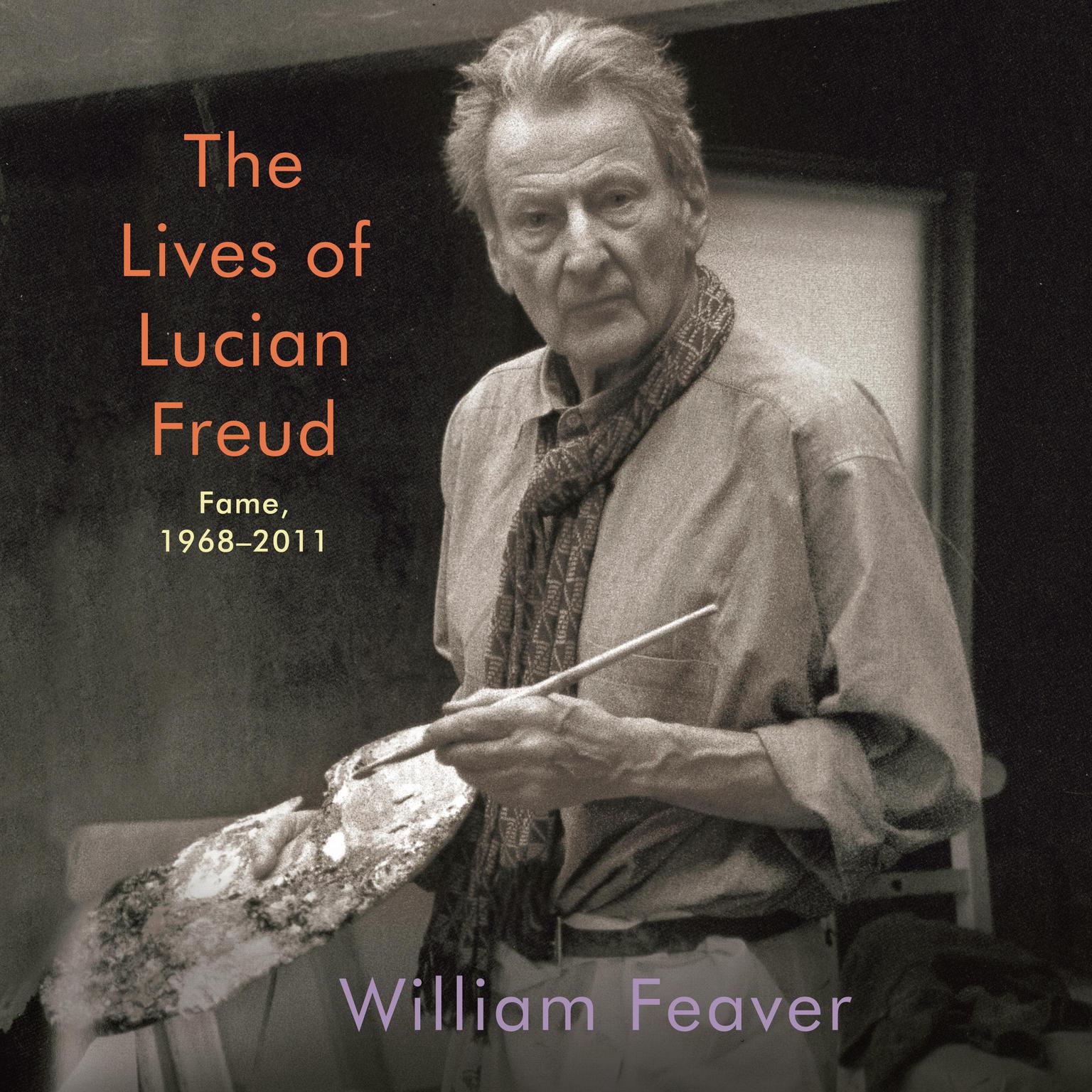 Play Audiobook Sample
Play Audiobook Sample
The Lives of Lucian Freud: Fame, 1968-2011 Audiobook
 Play Audiobook Sample
Play Audiobook Sample
Quick Stats About this Audiobook
Total Audiobook Chapters:
Longest Chapter Length:
Shortest Chapter Length:
Average Chapter Length:
Audiobooks by this Author:
Publisher Description
The first biography of the epic life of one of the most important, enigmatic and private artists of the 20th century. Drawn from almost 40 years of conversations with the artist, letters and papers, it is a major work written by a well-known British art critic. Lucian Freud (1922-2011) is one of the most influential figurative painters of the 20th century. His paintings are in every major museum and many private collections here and abroad. William Feaver's daily calls from 1973 until Freud died in 2011, as well as interviews with family and friends, were crucial sources for this book. Freud had ferocious energy, worked day and night, but his circle was broad, including not just other well-known artists but writers, bluebloods, royals in England and Europe, drag queens, fashion models, gamblers, bookies and gangsters like the Kray twins. Fierce, rebellious, charismatic, extremely guarded about his life, he was witty, mischievous and a womanizer. This brilliantly researched book begins with the Freuds' life in Berlin, the rise of Hitler and the family's escape to London in 1933 when Lucian was 10. Sigmund Freud was his grandfather, and his father Ernst was an architect. In London in his twenties, his first solo show was in 1944 at the Lefevre Gallery. Around this time, Stephen Spender introduced him to Virginia Woolf; at night he was taking Pauline Tennant to the Gargoyle Club, owned by her father and frequented by Dylan Thomas; he was also meeting Sonia Orwell, Cecil Beaton, Auden, Patrick Leigh-Fermor and the Aly Khan, and his muse was a married femme fatale, 13 years older, Lorna Wishart. But it was Francis Bacon who would become his most important influence, and the painters Frank Auerbach and David Hockney, close friends. This is an extremely intimate, lively and rich portrait of the artist, full of gossip and stories recounted by Freud to Feaver about people, encounters, and work. Freud's art was his life—"my work is purely autobiographical"—and he usually painted only family, friends, lovers, children, though there were exceptions like the famous small portrait of the Queen. With his later portraits, the subjects were often nude, names were never given, and sittings could take up to 16 months with each session lasting five hours, with the subjects rarely bored, as Freud was a great raconteur and mimic. This book is a major achievement, a tour de force that reveals the details of the life and innermost thoughts of the greatest portrait painter of our time. Cover photo: © Estate of Bruce Bernard, courtesy of Virginia Verran.
Download and start listening now!
The Lives of Lucian Freud Listener Reviews
Be the first to write a review about this audiobook!
About Jonathan Keeble
Jonathan Keeble, winner of four AudioFile Earphones Awards, combines his audio work with a busy theater and television career. He has been featured in over six hundred radio plays for the BBC, appearing in everything from Shakespeare and Sherlock Holmes to Doctor Who and The Archers, in which he played the evil Owen. As an Earphones Award–winning narrator, he is in high demand for his voice work. He has recorded over two hundred audiobooks.




